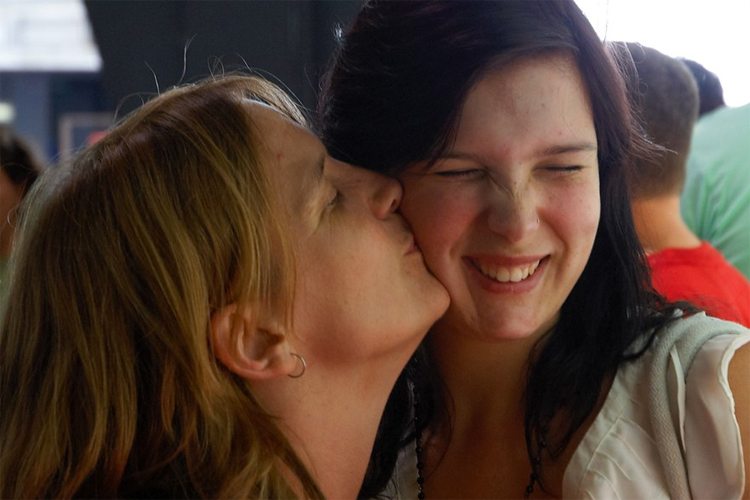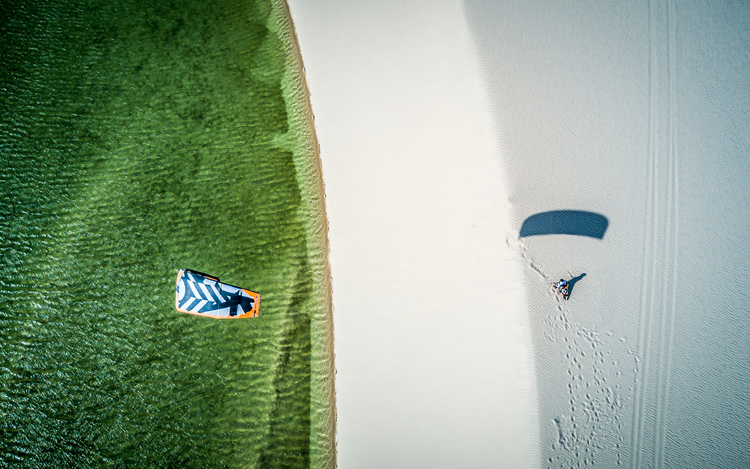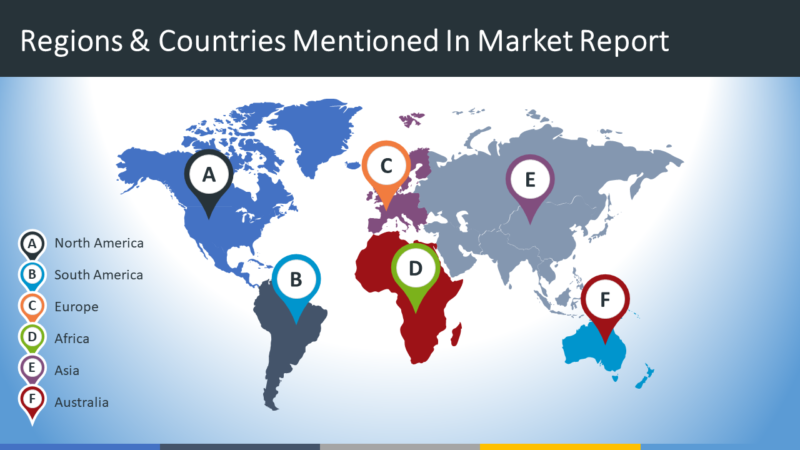By the long view, not much has happened. There’s a viral pandemic underway, which is quite infectious but not very lethal.
Humankind will easily survive this and would have even if no action had been taken to limit its spread.
In San Marino, which currently has the highest coronavirus death rate, just one person in every 1,500 has died so far.
In Italy and Spain, it’s in 5,000, and in China, one in every 50,000, even after multiplying their published numbers several times by ten because I don’t believe them.
By comparison, the black death of the 1340s probably killed one in three Europeans.
But we’re all bracing ourselves for more news like that recently out of Spain where a rest home was found abandoned with residents dead and dying after staff and management fled in fear.
Borders are closed, many of us are self-isolating, shops businesses and schools are shut, roads are empty, airplanes are parked up, and tourists have gone – when they can.
Brits and Germans in New Zealand are paying $10,000 and more for a one-way ticket home.
The Future of World Economy
The world’s economy has ground to a virtual standstill with massive business failures now inevitable and 30 percent unemployment looming.
Even four months ago, nobody saw this coming – except generally that one day there could be another pandemic.
Some holidaymakers were still boarding for foreign destinations right through the middle of March, oblivious to the world crashing down around them.
And many governments were also woefully slow in recognizing that this wasn’t just something happening somewhere else.
Countries caught in the 2003 SARS epidemic reacted more promptly and have consequently had less deaths and disruption.
So, what happens now? My guesses:
Covid-19 will run its course over the next year or so, eventually infecting some proportion of the world’s population and killing between a few hundred thousand and a few million, depending on how effective containment policies are, and how long it takes to develop effective vaccines and treatments.
It will then likely become just another virus that flares up seasonally, killing off the old and infirm before something else does.
The costs to health and wellbeing of the economic collapse caused by risk-averse and less than optimal responses will likely far exceed the direct losses that would have accrued if we’d done nothing.
But hey, policies are driven as much by emotion as by facts and governments that don’t recognize this are soon put up against the wall and shot (usually metaphorically nowadays).
Reaction to plagues is culturally and probably genetically programmed. When viral outbreaks occur, we can as yet only respond reactively.
Vigilance to identify outbreaks of new strains, being set up to develop specific vaccines and anti-virals, contact tracing, social distancing, and border control to limit spread.
This attack is much milder than the worst case, which is fortunate because we’ve let our defenses slip.
Pre-global human communities gained some protection from living in small, isolated communities.
Excepting plagues carried by hosts that were not themselves sickened, new pathogens tended not to spread much faster than developing immunities.
With the first wave of globalization from the late Middle Ages, sailing ships with large crews became “super-spreaders.”
American Indians and many other indigenous populations fell victim to this.


The Future of Handshaking, Hongi and Cheek Kissing
My sister has observed that in our youth, physical distancing was normal. Even handshaking was reserved for formal occasions.
Hugging, as an adult greeting, gradually established from the 1980s.
I’d thought this loosening up was just an overdue rejection of austere Protestantism, not realizing that perhaps there were sound public health reasons underpinning it.
Was “cleanliness is next to godliness” and the social formality that came in with Protestantism from about 500 years ago coincidental?
Or were they a defense against infectious diseases that had become a significant risk with greater mobility and population density?
Extensive physical contact during greetings, like the NZ Maori hongi (rubbing noses while exchanging breath) and southern European cheek kissing are great for bonding but provide a transmission path for pathogens.
I wonder how popular the hongi and cheek kissing will still be by next year?
For how long will this lesson in avoiding infectious diseases last?
Not 500 years, unless pandemics repeat fairly often (probable, given there are now seven billion of us), but even this one event will likely cause behavioral changes that will endure for at least a generation.
The Future of Recreation Travel
Open borders policies that have recently become fashionable in some western countries are unlikely to survive, and people won’t quickly return to recent levels of recreational travel.
The travel industry, tourist destinations, cruise ships, airlines, airplane makers, and the like will take a hit long term.
I expect that spending up to available credit limits may not now seem as sensible.
What was put aside for the next overseas holiday last year may next year go into savings and property.
So-called “panic buying” in supermarkets is mainly just people increasing their food stocks to a level that would have been quite normal a generation ago.
Businesses shouldn’t routinely run so close to the edge that having to shut the doors for a month threatens their survival.
And yet a significant number of NZ businesses are about to go broke for just this reason.
And there’s a lesson that countries are about to painfully re-learn – that borrowing or printing money to maintain a lifestyle that’s no longer sustainable is maxing out your kids’ credit cards before they even get them.
This is not a financial market shock that can be bridged by monetary (interest rate) or fiscal (spending up large) interventions.
It is a “whole of economy” shock that requires expenditures to be reduced to match income.
Providing we don’t put ourselves in hock for generations to keep up a façade now, we should be no worse off in the long term because recreational travel is a luxury, and there are surely more useful things to spend surpluses on.


The Future of Kites and Kitesurfing
Like kites, for example. Perhaps I’m a bit biased.
There is no reason why global trade in goods and services, which is what has been driving our ever-increasing standards of living, cannot continue to expand.
Silver linings?
Many silly people now have something real to worry about – so discussions as to which bathrooms our apparently ever-increasing number of sexes should use will hopefully cease.
Public transport is suddenly a no-go, so maybe there’ll be an end to the war on cars, and we can have better roads and easier parking instead.
And maybe city dwellers will get off the backs of those out here in the provinces trying to grow enough food to feed them.
NZ can replace lost tourism earnings by increasing primary production – provided our government also stops its war on farming and, more particularly, on irrigation.
Counterintuitively, suicides and mental health problems tend to decrease in times of emergency – because they feed on boredom and irrelevancy – which tend not to be preoccupations during struggles for survival.
Oh, and kites?
Kitesurfing, snowkiting, and buggying are individual activities that don’t appear to offer special opportunities to viruses looking for new hosts.
Nor, except for international traveling and large crowds, does single line kite flying.
Kite festivals may well become more local, with fewer internationals, and the spectacle will be shared digitally rather than in person – but be none the worse for that.
In the shorter term, I expect that international kite events will get a boost as tourism authorities try to re-boot their industry.
Words by Peter Lynn | Founder of Peter Lynn Kites





Recent Comments